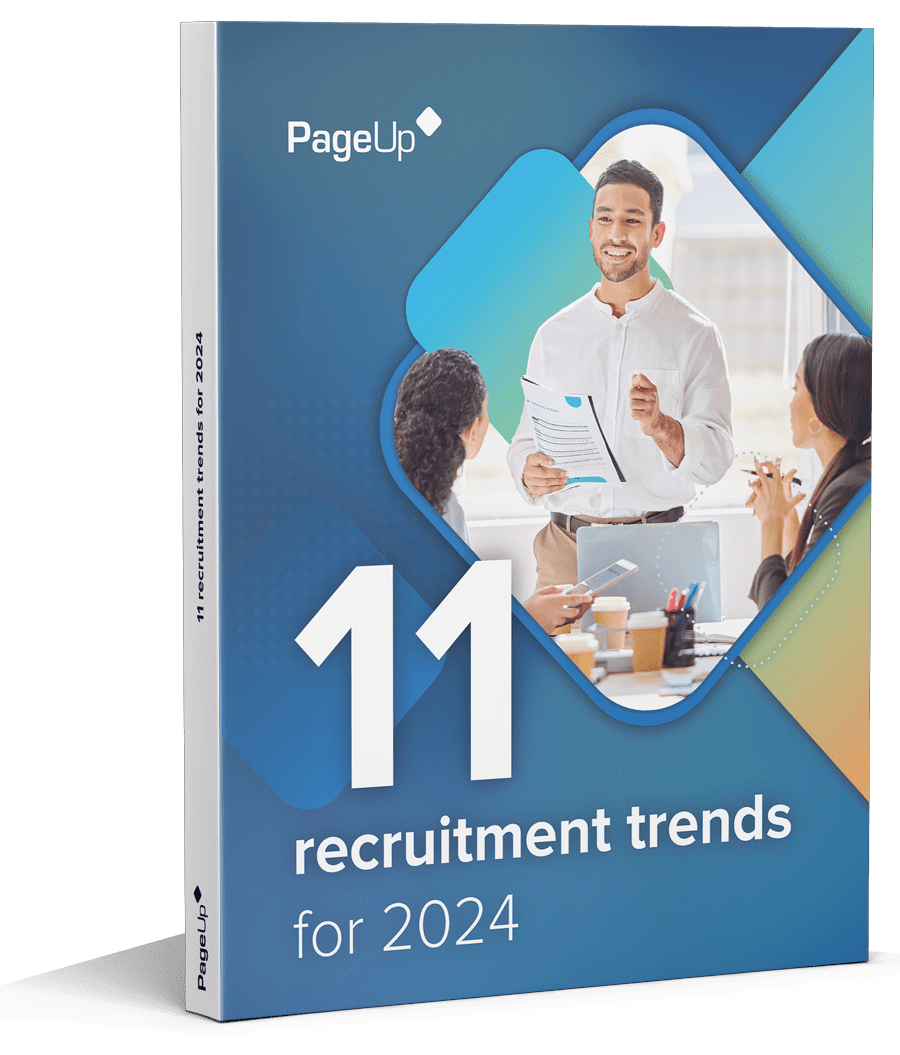OrganisationsOrganizations of every size, industry, and location are competing for talent in one of the toughest labor markets we’ve seen in decades — and higher education institutions are no exception.
How are leading universities and colleges anticipating, preparing for, and effectively responding to this challenge? By turning to proactive talent attraction.
In higher education, recruitment marketing is a proactive talent attraction strategy that consistently yields return on investment
What is recruitment marketing?
Recruitment marketing bridges the gap between marketing and recruitment. With recruitment marketing, talent teams use marketing strategies to attract, engage and convert more applicants. Using tactics like advertising, social media, careerscareer sites, proactive outreach and targeted communication, it helps savvy companies source the best talent, and convince them to hit ‘apply’. Through automation and time-saving workflows, recruitment marketing technology boosts productivity, to drive more (higher-quality) applications, with less manual effort.
Can recruitment marketing really enable higher education recruitment teams to save valuable time, effort, and resources in recruiting top faculty and staff members? Considering how content marketing generates three times more leads, and organic SEO performs more than five times better than paid search advertising —investing in recruitment marketing just makes sense.
Let’s explore five ways recruitment marketing empowers higher education institutions to recruit top higher education talent:
1. Create a lasting first impression with a strong employer brand
For higher education bodies, your recruitment marketing efforts may be the first touchpoint potential candidates experience with your college or university. Consider, for example, their first visit to your:
- CareersCareer site – to understand your mission, purpose, and values,
- Job advertisements – to learn more about your current opportunities, employee value proposition, and employee benefits
- Social media presence – to get to know your workplace culture and people
Does your university’s employer brand shine through? The quality of and story behind of these touchpoints can create the difference between potential candidates feeling compelled to take action, or moving on. Savvy organisationsorganizations are harnessing employee-generated content to give potential jobseekers a direct window into ‘real-life’ at the institution, to build trust and engagement. With candidates increasingly discerning, a strong, authentic content strategy is key to driving interest, and empowering universities to recruit the vital faculty or staff members departments depend on.
2. Build talent pipelines and nurture relationships
While there are many ways you can build and nurture highly-successful talent pools of qualified professionals, recruitment marketing can be a shortcut to success.
Use strong calls-to-action and a variety of opt-in opportunities across your careerscareer site to capture visitor interest. Potential candidates may not be ready to submit an application, but they may like to complete an Expression of Interest form for your talent community, to continue learning about your institution while staying up to date with new opportunities. You can extend your reach and drive more candidates into your talent pools by promoting ways to join your talent community across your key recruitment channels —like your careerscareer site or social media channels.
When it comes to higher education talent strategy, creating strong talent pipelines makes hiring great people far more efficient, effective, and manageable. To achieve the best results, it’s important to nurture these relationships through consistent, meaningful communications.
3. Improve efficiency, reduce time-to-hire, and win talent ahead of competitors
Strategic recruitment marketing campaigns, software, and automations can all work together to improve efficiency for higher education recruitment teams. Consider how recruitment marketing software can give your team greater control, flexibility, and efficiency over your careerscareer site —or, how automating ongoing communications can encourage candidates to submit incomplete applications, or inform them of new opportunities.
TCU, for example, uses a multi-pronged higher education recruitment marketing approach to win talent ahead of competitors. By implementing brand guidelines and job templates, its recruitment team can publish opportunities faster, reducing time-to-hire and workloads on internal team members.
4. Use measurable data and analytics to make better recruitment decisions
Leading higher education recruitment teams are increasingly turning to data-driven insights to measure and optimiseoptimize their recruitment marketing efforts.
Recruitment marketing software, tailor-made for higher education recruitment teams can provide you with timely, easy-to-understand data reporting functionality. It can give you the ability to measure and track the performance of your recruitment marketing campaigns —through analytics such as website traffic, referral traffic sources, and application conversion rates.
Columbia University, for one, uses recruitment marketing analytics to track, evaluate and optimize content, understand sourcing channel effectiveness, and give its team great capabilities and control over its careerscareer site.
In higher education hiring, a data-driven approach is key for making better decisions, continuously optimisingoptimizing your strategy, and ensuring your recruitment efforts are efficient and effective.
5. Become an employer of choice by showcasing a strong employee value proposition
Many higher education recruitment teams are tasked with a unique challenge. On one hand, there’s value in representing the time-honored traditions, integrity, and history of your college or university. On the other hand, it may be important to represent the ways your organisationorganization prioritisesprioritizes innovation, cutting-edge technology, and contemporary values, especially for hiring diverse faculty in higher education.
Recruitment marketing is a powerful way to shift the needle on both these fronts. The University of Delaware, for example, developed and amplified its EVP and university employer branding messaging through recruitment marketing, and received a huge upswing in referrals and candidate engagement.
Does your institution offer meaningful benefits for faculty and staff, such as remote-work opportunities, recognition, career development, flexibility, or a greater emphasis on diversity, equity and inclusion? If so, it’s important to promote these benefits from the get-go.
Final thoughts
Effective recruitment marketing provides colleges and universities a powerful opportunity to shape and deliver consistent, engaging messaging that builds meaningful relationships with potential candidates. It’s more than simply filling roles; it’s about finding the right fit – for your institution, and potential candidates. Proactive recruitment marketing in the higher education talent landscape enables you to put your best foot forward, compel people to take action, and strengthen your overall talent attraction capabilities. It’s a critical component for leading institutions to attract high-calibre educators, researchers and administrators, and staff, remain at the forefront of talent acquisition, and develop a lasting reputation for excellence.
Interested in exploring purpose-built recruitment marketing software for your higher education institution? Get in touch today to get started.
Fresh insights for HR
Stay up to date with HR trends, tips and more when you sign up for our industry newsletter





